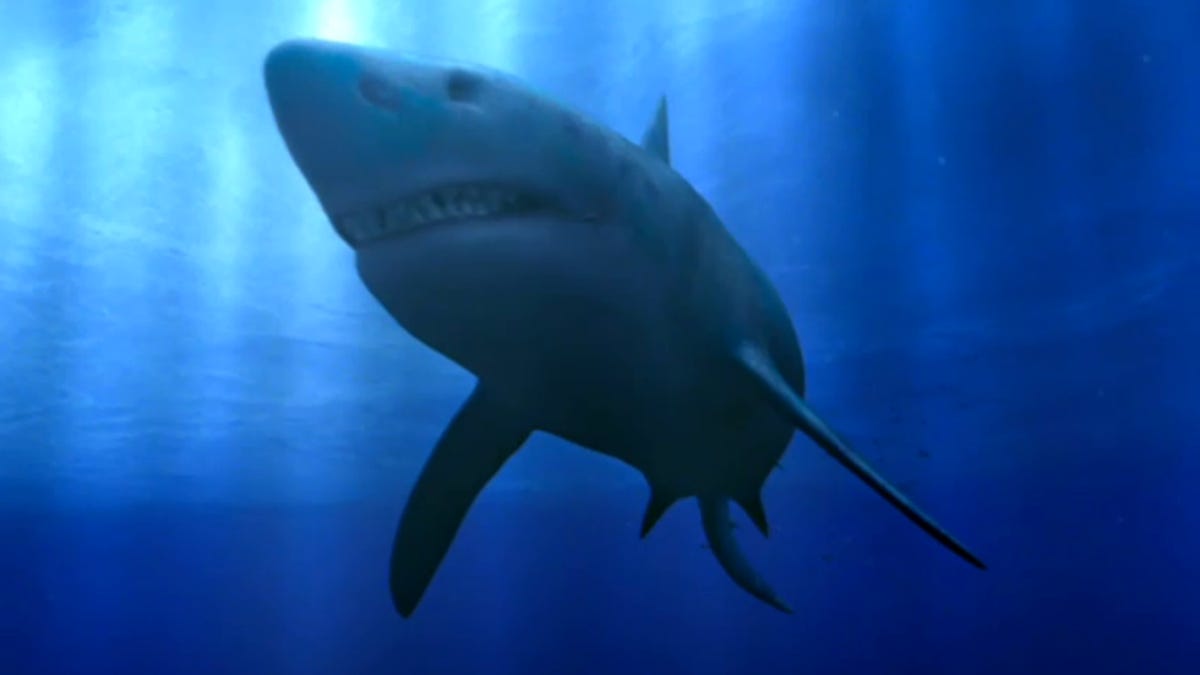Megalodon babies ate their unhatched siblings in the womb
It's a shark-eat-shark world.

Screenshot from Discovery network's "Megalodon: The Monster Shark Lives" TV show.
The megalodon was one of the most terrifying aquatic predators to ever stalk the Earth's oceans, reaching at least 50 feet (15 meters) in length (yes, the 2018 film takes some liberties on that front). But if you thought that, millions of years after extinction, it had already reached the peak of its capacity to frighten people out of the water, think again.
According to research, set to be published in an upcoming issue of the journal Historical Biology, the megalodon birthed not only the largest shark babies in the world, but they achieved this size (in part) by dabbling in a practice called oophagy -- young sharks ate their undeveloped siblings.
Researchers from Chicago and New Jersey note that megalodon babies, like contemporary lamniform sharks, would most likely feed on unhatched eggs in the womb in order to grow. This certainly resulted in fewer sharks, but the ones that survived this fatal sibling rivalry were huge -- bigger than an adult human.
By using CT scanning techniques, a process that uses multiple X-rays to reconstruct 3D structures, on vertebral fossils housed in the Royal Belgian Institute of Natural Sciences in Brussels, the team was able to back-calculate the rough length of a Megalodon's body at birth -- with results indicating a length of about 6.6 feet (2 meters).
"As one of the largest carnivores that ever existed on Earth, deciphering such growth parameters of O. megalodon is critical to understand the role large carnivores play in the context of the evolution of marine ecosystems," said Kenshu Shimada, a paleobiologist at DePaul University in Chicago and lead author of the study.
Additionally, the study was able to determine the shark grew at an average rate of 6.3 inches (16 centimeters) per year for the first half century of its life, with a growth curve model indicating that the sharks had a life expectancy of 88-100 years.

